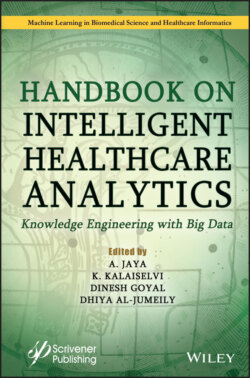Читать книгу Handbook on Intelligent Healthcare Analytics - Группа авторов - Страница 38
2.1 Introduction
ОглавлениеCatastrophic damage has been caused by natural hazards along with loss in a socioeconomic way, thereby depicting the increase in trend. Several disasters pose challenges to officials working in the disaster management field. These challenges may include resources unavailability and limited workforce, and these limitations force them from changing the policies toward managing the disasters [1].
The amount of data generated is huge in size including the real along with the simulation data. These data can be used in supporting disaster management. The technological advancement like data generated from social media as well as remote sensing is huge in size and also is real data. In certain times, these real data are scarce and lead us to usage of simulation data. Several computational models can be used in generation of simulation data that can be used in estimation of impact produced due to disaster. It is much necessary to acquire big data, manage it, and process within a short time span for effective management of disaster irrespective of the type of data being used. For this reason, artificial intelligence (AI) methods can be employed for analyzing the huge volume of data for extracting useful information. Such methods have gained popularity while they support the process of making decisions in case of disaster management [5, 6].
The usage of big data for managing disasters is still evolving. The main challenge for a scientist in today’s technological world is handling the huge volume of information that is being generated during disaster time. When the volume of data is being increased, traditional systems (Figure 2.1) employed for storing and data processing are not able to perform better. The factors affecting their working include scalability along with data availability [8].
The storage systems at the present time are diverse in nature, and when it comes to collaboration, they provide much less scope. This leads to the necessity of methods that can be employed for integration, aggregation, and visualization of data. Also, the decisions taken need to be optimized as their quality is based on the available data quality. It is much necessary to organize data followed by storage and analysis of disaster data for further investigation [11].
Figure 2.1 Traditional Bayesian Neural Network disaster prediction from the dataset.
